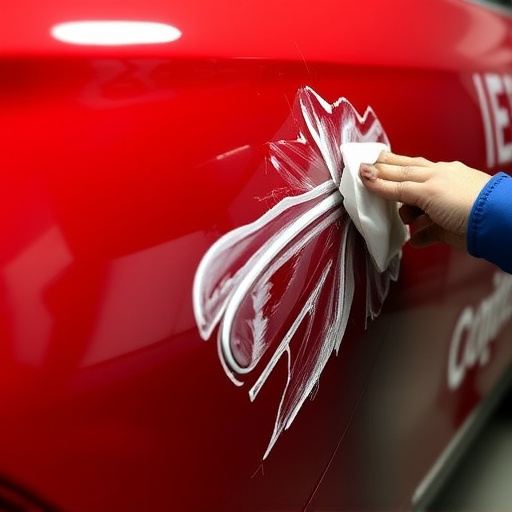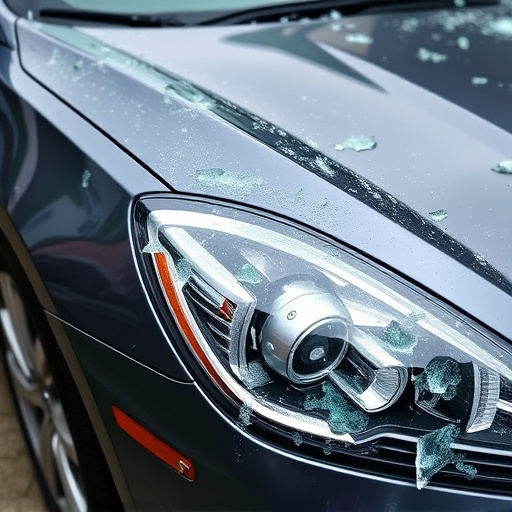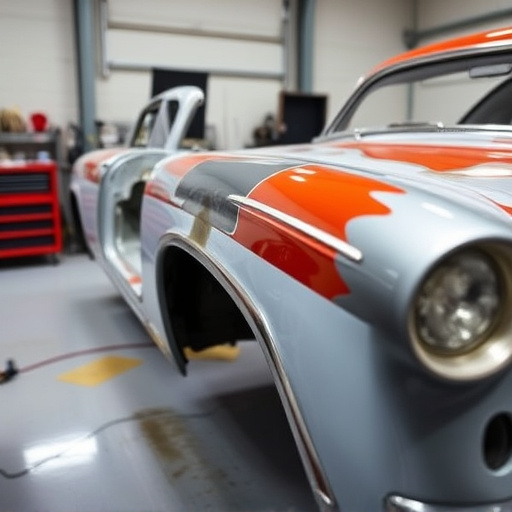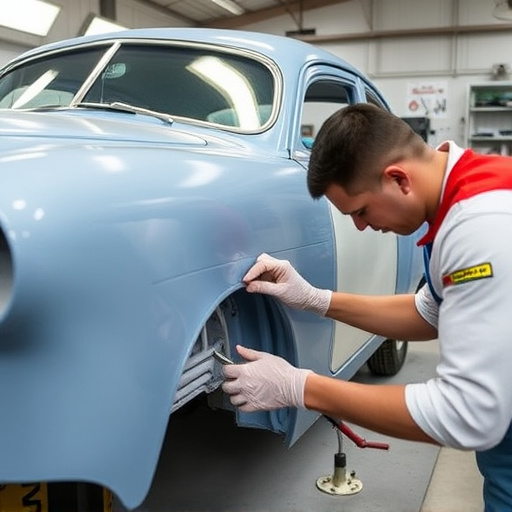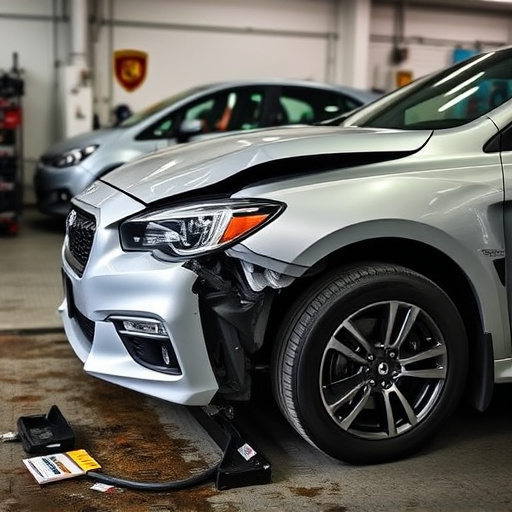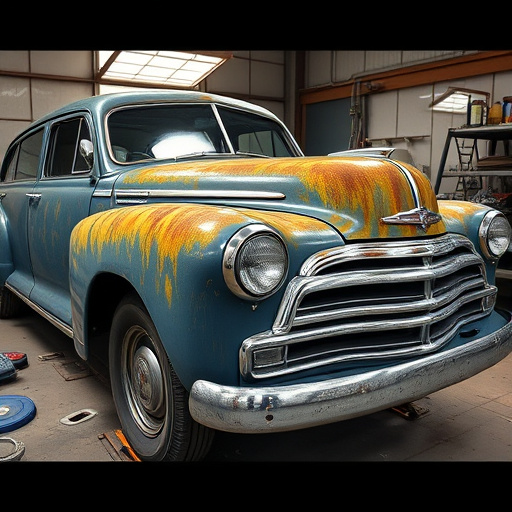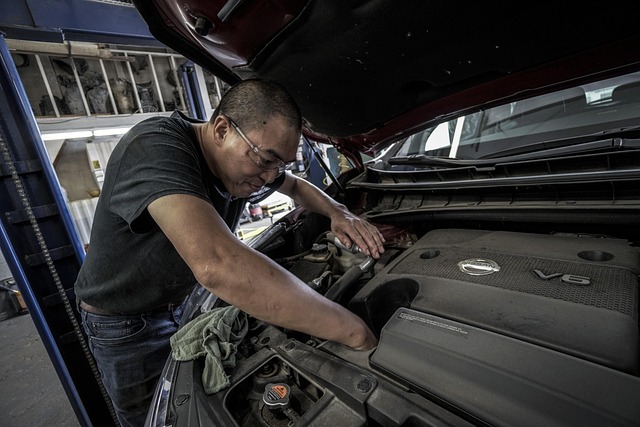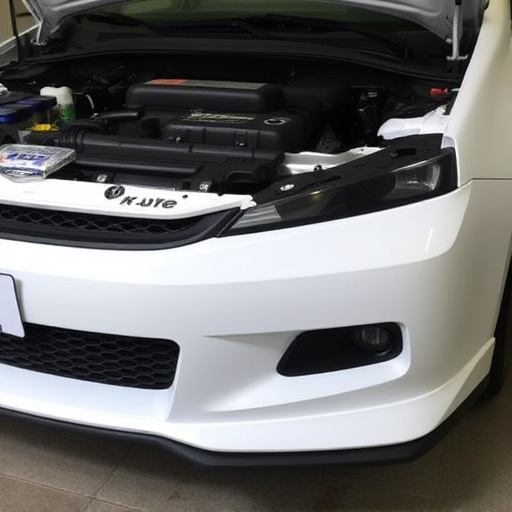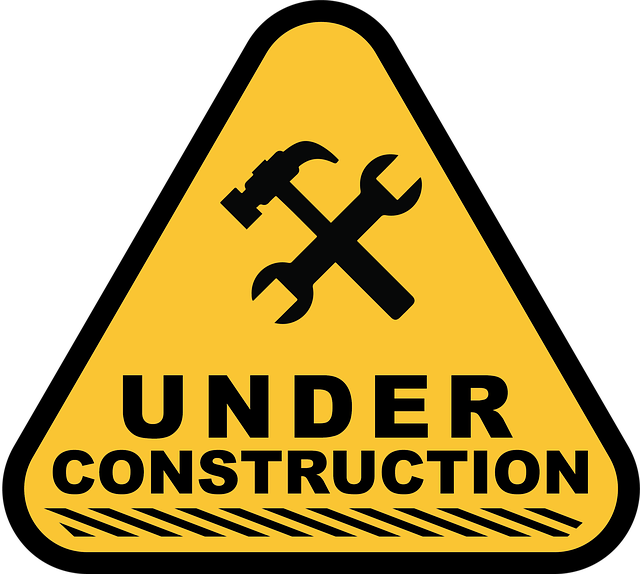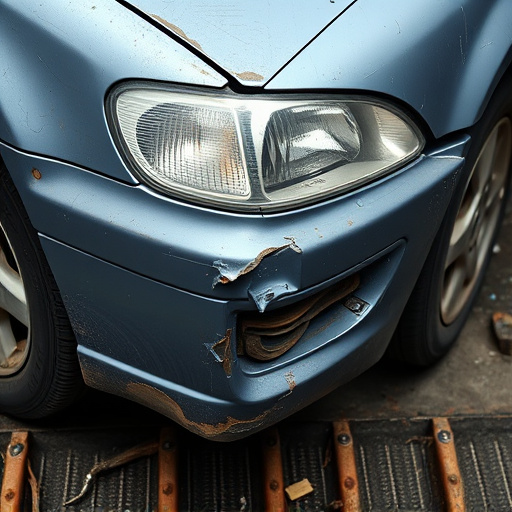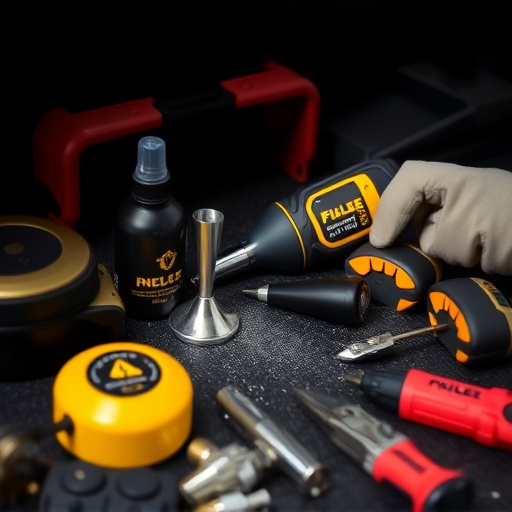Digital frame measuring software and hardware tools empower professionals across sectors with accurate, versatile measurement solutions. Software excels in adaptability and user-friendliness for diverse tasks, while hardware offers immediate precision tailored to specific industries like auto repair. Collision repair shops must weigh software's versatility against hardware's real-time accuracy when choosing the best digital frame measuring solution for their needs.
In today’s digital age, accurate measurements are crucial for successful visual communication. This guide compares digital frame measuring software and hardware options, helping you navigate the bustling landscape of tools designed for precise dimensions. We explore various software solutions, from user-friendly apps to advanced professional tools, and delve into hardware alternatives offering tangible accuracy. By considering efficiency and user experience, this article becomes your compass in choosing the best digital frame measuring tool for your needs.
- Exploring Digital Frame Measuring Software Options
- Hardware Solutions for Accurate Measurements
- Comparing Efficiency and User Experience
Exploring Digital Frame Measuring Software Options

When it comes to digital frame measuring, software options offer a wide range of capabilities tailored for different needs. These tools are designed to help professionals in various industries, from auto body repair and collision repair services to fine art conservation, accurately measure and analyze frames or vehicles with precision. One of the key advantages is their versatility; they can handle 2D and 3D measurements, allowing users to capture detailed data for a variety of applications.
Many digital frame measuring software solutions are user-friendly and feature intuitive interfaces, making them accessible even to those without extensive technical backgrounds. They often come equipped with advanced functions like auto body repair-specific tools, which can automate certain tasks, improve efficiency, and reduce the risk of human error. These features make modern software a powerful asset for anyone involved in precision work, whether it’s ensuring exact fits during vehicle body repair or meticulously preserving historical artwork within its frame.
Hardware Solutions for Accurate Measurements

In the realm of digital frame measuring, hardware solutions offer precise and tangible results for professionals across various industries. These tools are designed to capture accurate measurements directly from physical frames or objects, eliminating potential errors introduced during manual gauging. For instance, in a bustling body shop services environment where quick turnaround times and meticulous detail are paramount, a high-precision digital measuring device can streamline the process of assessing damage in automotive body work. This ensures that every repair, from minor dent removal to complex collision repair shop repairs, is executed with unwavering accuracy.
Hardware options cater to both simplicity and sophistication, ranging from basic measurement tools like calipers and tape measures to advanced systems featuring laser technology and 3D scanning capabilities. These devices are invaluable for ensuring consistency in manufacturing processes, quality control checks, or even fine art restoration work. By employing such hardware solutions, professionals across the board can achieve a level of accuracy that was once exclusively reliant on specialized body shop services or costly collision repair shop equipment.
Comparing Efficiency and User Experience

When comparing digital frame measuring software and hardware options, efficiency and user experience are paramount. Software solutions offer the advantage of versatility, allowing users to measure various objects, from vehicle dent repair templates to complex collision repair shop layouts. They often provide intuitive interfaces, making it easy for auto repair shop professionals to navigate and input data accurately. However, these digital tools might lag in real-time measurements, requiring users to adjust settings or calibrate equipment regularly.
On the other hand, hardware options excel in delivering immediate, precise measurements. Tools designed for digital frame measuring can be directly integrated into a collision repair shop’s workflow, ensuring speedy assessments and reducing errors. Yet, their specialization often limits their applicability beyond automotive industries, such as those engaged in vehicle dent repair or general auto repair shop operations. The choice between software and hardware thus depends on the specific needs and scope of the digital frame measuring tasks at hand.
When comparing digital frame measuring software and hardware, both options offer accurate measurements for various applications. Software solutions are cost-effective, versatile, and easily accessible, making them ideal for professionals and hobbyists alike. Hardware devices, however, provide hands-on precision and speed, catering to time-sensitive projects. Ultimately, the best choice depends on individual needs, budget, and the desired level of control over the measuring process. By considering efficiency and user experience, one can select the optimal digital frame measuring tool for their specific requirements.

